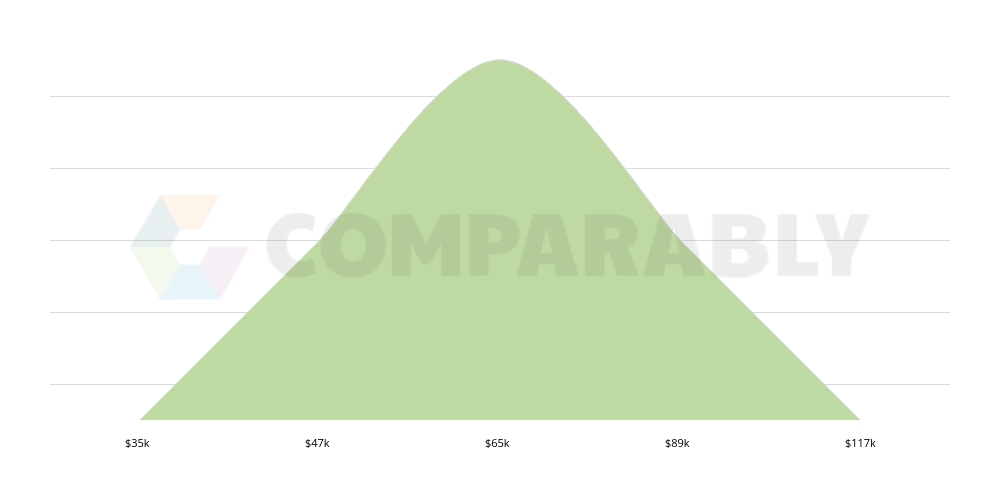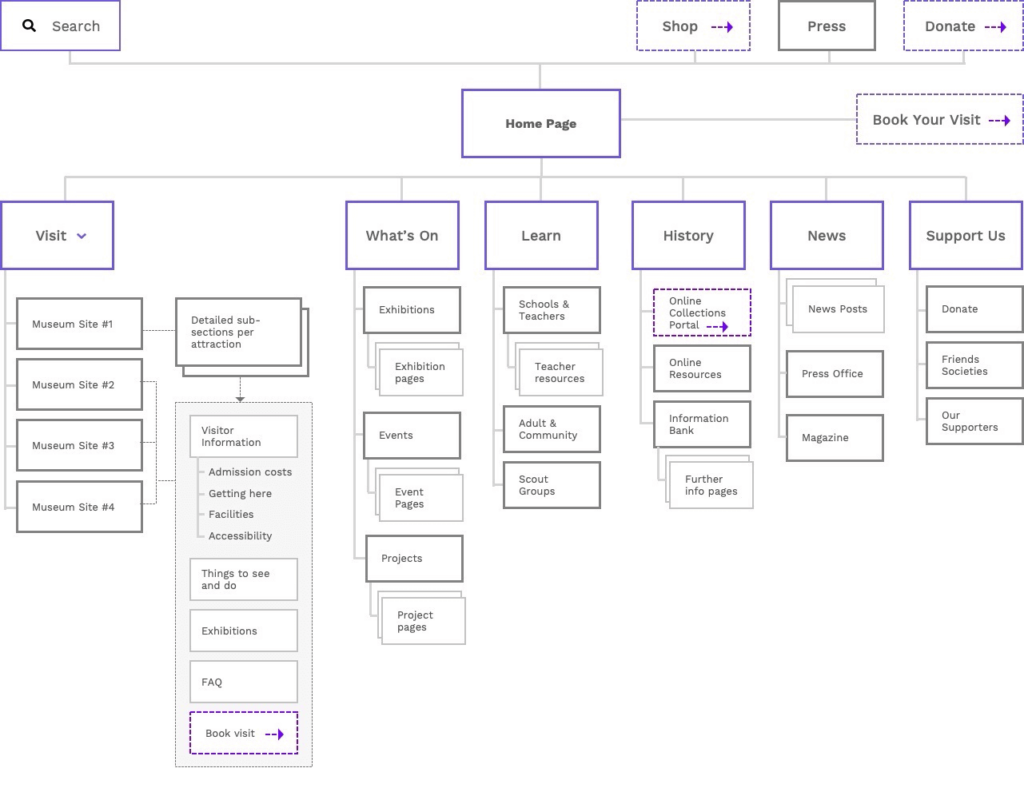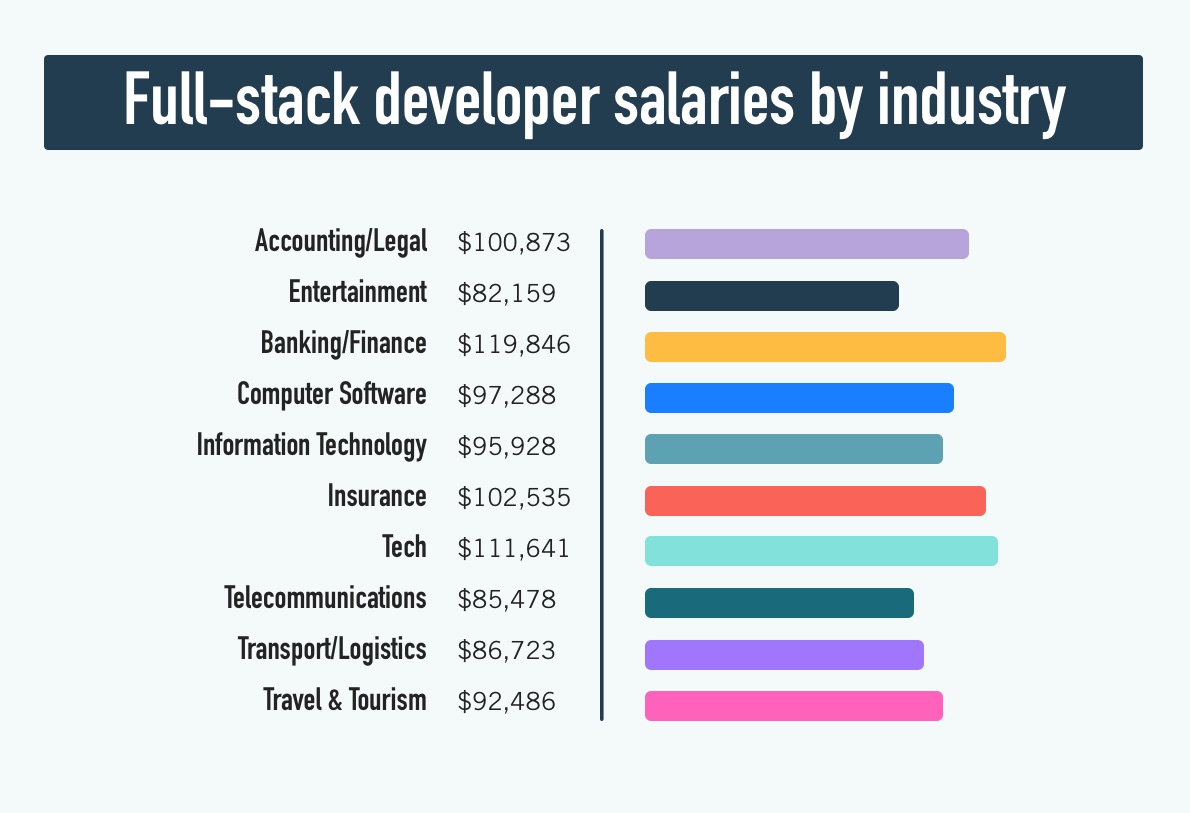
When it comes to testing the responsiveness of a website, a tester needs to know what to look for. A tester should be able to test the website on multiple devices and at different breakpoints. A thorough test requires collaboration between the tester and developer. They should collaborate to create various conditions and test conditions for different resolutions. A tester should check if the content on the web page is readable at all resolutions. This means that it should not be affected by a browser's resizing.
UIlicious
UIlicious automates web application UI testing, no coding knowledge required. Tests can be run on any browser or front-end and you can share rich bug replication reporting. You can schedule tests and track the results. Additionally, you can share bug reports with issue trackers to get bug fixes. The 14-day trial period is free and the tool can be used immediately. You can read on for more information about UIlicious as well as its benefits.
UIlicious allows users to test responsive design on real devices. The results can be compared. UIlicious can test the responsiveness of a website on a variety of screen sizes and resolutions. UIlicious also takes screenshots of your website across all screen sizes. Once you have created a test profile, you'll be able to access UIlicious' support forums as well as guides.

Applitools
One of the best ways to validate a website or mobile application's responsiveness is to use Applitools. They can be used cross-platform to test your existing framework or test automation language. These comprehensive tests can validate entire applications pages at a given time. Applitools support all major programming languages and test automation frameworks. To save time, users can set the software up to snooze at the end of each run.
Applitools supports over 400 different UI components, including buttons, tabs, and menu bars. It integrates with your existing testing workflow making it possible to run hundreds or thousands of tests in a matter of minutes. Applitools can be used with any of your favorite open-source or proprietary development tools, as well as cloud-based testing platforms. Applitools offers collaboration software. You can work together on your testing projects and keep the integrity to your code.
Responsinator
To determine the screen sizes that will be used to measure the responsiveness and usability of your website, it is necessary to first know the screen sizes. There are many tools that can help you with this task. Responsinator, for example, allows you to view the website in different screen sizes and create mockups. Cross Browser Testing is another tool that allows you to test the responsiveness of your website. You can also compare full page screenshots against older versions. Google Resizer is another great tool.
Another tool for testing responsiveness of website is Screenfly. Screenfly lets you test a website across different devices, such as smartphones and tablets. It can also test older devices, like televisions and PCs. Screenfly costs nothing, but you will need to test it manually. Screenfly is not compatible with Responsinator and does not display true mobile versions. However, it is a great tool for testing responsiveness of a website during the production process.

WillowTree
WillowTree is a responsive website testing company that will ensure your website works on all devices. WillowTree offers a range of features that can all be customized to fit different screen sizes. The company's team consists of mobile strategists, designers, and software engineers who specialize in different areas. The final result is a website which is easy to use on any size screen.
A mobile app testing company should also have the ability to check your website for accessibility. WillowTree offers many cloud-only features. These include an improved user experience, native JSU Automation Suite app, and advanced permission schemes. Jira Service Management Cloud now integrates with it, which allows the firm to offer customer support. A service desk was also established to support the IT and HR teams.
FAQ
Do I use WordPress?
A small website is the best way to build a successful web presence. If you have the time or resources to create a complete site, do so. But if you don't have these resources yet, starting with a simple blog might be the best option. As you develop your website design skills, you can always add additional features.
You should first set up your primary domain before you begin building your first website. This will give you something to point to when you publish content.
Can I create my own website with HTML & CSS?
Yes, you can! It's possible! You need to have basic knowledge in web design and programming languages, such as HTML (Hyper Text Markup Language), CSS and Cascading Style sheets (Cascading CSS Sheets). These two languages make it possible to create websites accessible by all who have an internet connection.
What is a static site?
A static website is a site where all content are stored on a server, and visitors can access it via web browsers.
The term "static", as it is sometimes called, refers not to dynamic features such changing images, videos, animations, etc.
This site was originally designed for intranets. However, it has been adopted by small businesses and individuals who need simple websites with no custom programming.
Static sites have become increasingly popular because they require less maintenance. Static sites are easier to maintain and update than fully-featured websites with multiple components (such as blogs).
They load much faster than dynamic counterparts. They are ideal for mobile users and those with slow Internet connections.
A static website is more secure than its dynamic counterparts. There's nothing to hack into a static website. Hackers can only access the data contained in a database.
Two main methods can be used to create a static site:
-
A Content Management System (CMS),
-
Creating a Static HTML Website
It depends on what your needs are. A CMS is a good choice if you are new to website creation.
Why? Because it allows you to have full control over your website. You don't need to hire someone else to help you set it up. Upload files directly to the CMS.
You can still learn code and create static sites. But you'll need to invest some time learning how to program.
Can I create my own website with HTML & CSS?
Yes! Yes!
Now that you are familiar with how to create a website's structure, you will also need to be familiar with HTML and CSS programming.
HTML stands as HyperText Markup Language. You can think of it as writing a recipe. You would list ingredients, directions, etc. HTML also tells a computer what parts of text should be bolded, underlined or italicized. It's the language for documents.
CSS stands for Cascading Stylesheets. Think of it like a style sheet for recipes. Instead of listing every ingredient and instructions, you create general rules about font sizes, colors, spacing and other details.
HTML tells the browser how a page should look; CSS tells it what to do.
If you don't understand either of those terms, don't fret. Follow these tutorials, and you'll soon have beautiful websites.
Statistics
- It enables you to sell your music directly on your website and keep 100% of the profits. (wix.com)
- Did you know videos can boost organic search traffic to your website by 157%? (wix.com)
- In fact, according to Color Matters, a signature color can boost brand recognition by 80%. There's a lot of psychology behind people's perception of color, so it's important to understand how it's used with your industry. (websitebuilderexpert.com)
- When choosing your website color scheme, a general rule is to limit yourself to three shades: one primary color (60% of the mix), one secondary color (30%), and one accent color (10%). (wix.com)
- At this point, it's important to note that just because a web trend is current, it doesn't mean it's necessarily right for you.48% of people cite design as the most important factor of a website, (websitebuilderexpert.com)
External Links
How To
What is website Hosting?
Website hosting refers to where people go when they visit a website. There are 2 types.
-
The cheapest option is shared hosting. Your website files reside on a server controlled by someone else. When customers visit your site, their requests travel over the Internet to that server. The owner of the server then hands off the request to you.
-
Dedicated hosting – This is the most expensive option. Your website will reside on a single server. No other websites share space on the server, so your traffic stays private.
Shared hosting is preferred by most businesses because it's cheaper than dedicated hosting. With shared hosting, the company that owns the server provides the resources needed to run your website.
Each option has its pros and cons. Here are the differences:
Pros of Shared Hosting
-
Lower Cost
-
Easy to Set Up
-
Regular Updates
-
It is possible to find it on many web hosting companies
Shared hosting is often as cheap as $10 per month. Keep in mind, however, that bandwidth is usually included in the price. Bandwidth describes the amount of data that can be transferred over the Internet. Even if only you upload photos to your blog or website, high-volume data transfers may incur additional charges.
You'll soon discover why you paid so much more for your previous host when you get started. Most shared hosts provide very limited customer support. Although their techs may help you with setting up your site, it's not a common practice.
You'll want to look into a provider that offers 24-hour phone support. They'll take care of any issues that come up while you sleep.
Cons of dedicated hosting
-
More Expensive
-
Less is More
-
Requires special skills
With dedicated hosting, you get everything you need to run your website. You won't have to worry about whether you're using enough bandwidth or whether you've got enough RAM (random access memory).
This means you'll have to spend more upfront. But once your online business starts, you'll realize you don't need any technical assistance. You'll become an expert at managing your servers.
So Which Is Better For My Business?
The answer to this question depends on which type of website you wish to create. Shared hosting is best for those who only need to sell products. It's simple to set it up and keep it updated. You'll probably receive frequent updates because you are sharing a server hosting many other sites.
However, dedicated hosting is the way to go if you want to build a community around your brand. Instead of worrying about traffic, you can concentrate on building your brand.
Bluehost.com is a web host that offers both. Bluehost.com provides unlimited monthly data transfer, 24/7 support, free domain registration and a 30-day money back guarantee.